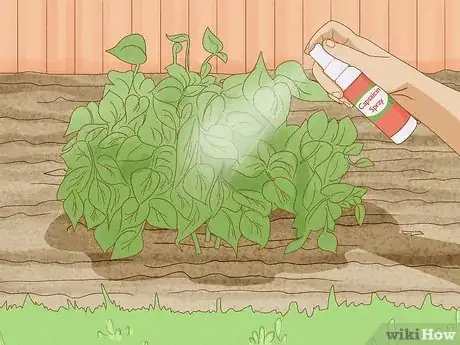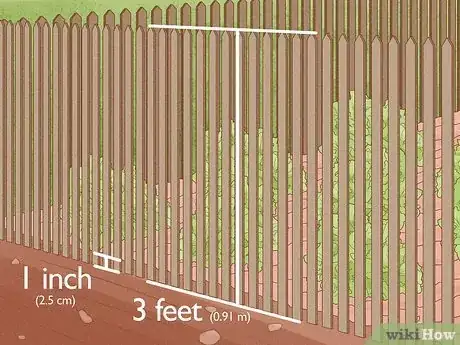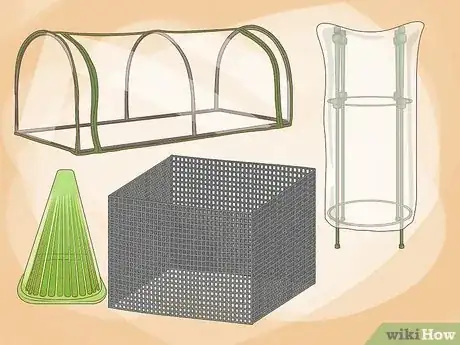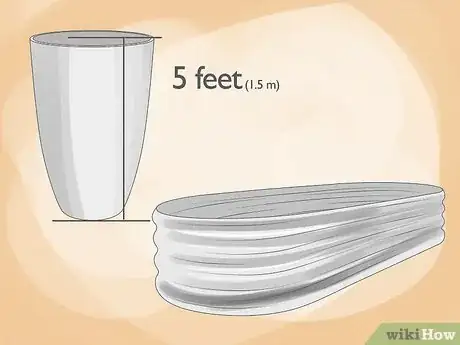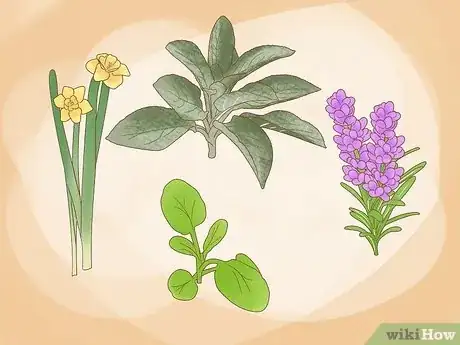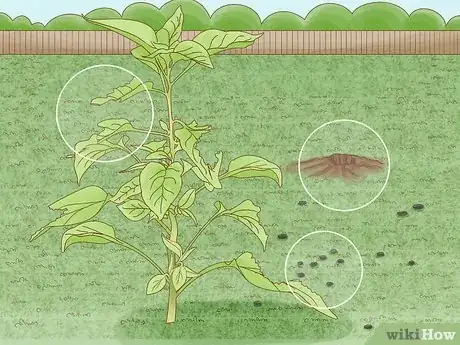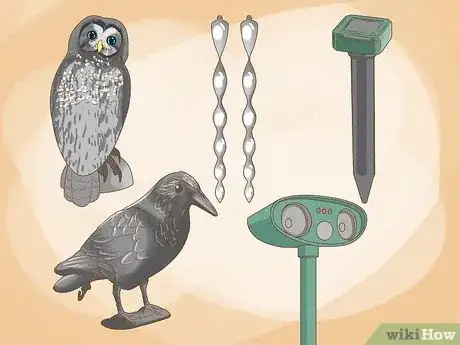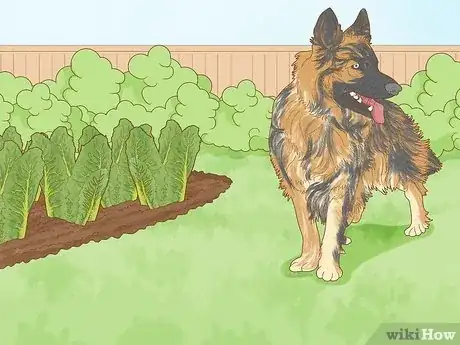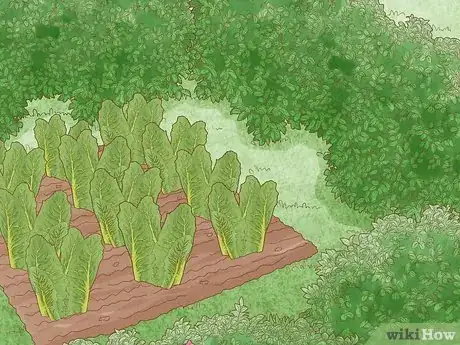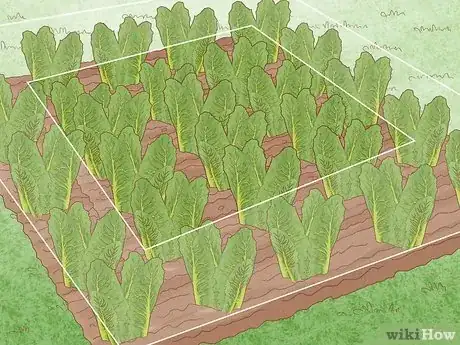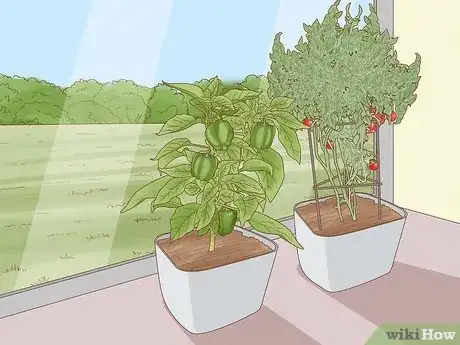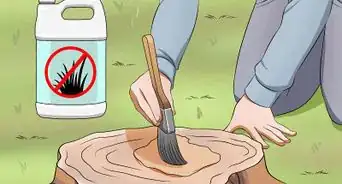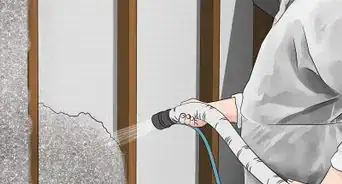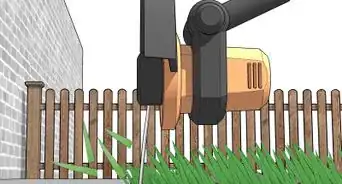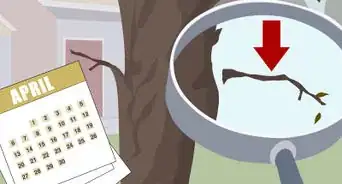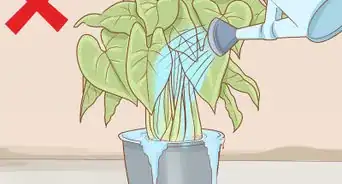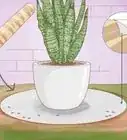This article was co-authored by wikiHow staff writer, Madeleine Flamiano. Madeleine Flamiano is an Editing Fellow at wikiHow based in Berkeley, California, as well as a Team Organizer, Copy Editor, and Movie Critic for Incluvie. Madeleine has 12 years of experience in literacy advocacy and the creative arts that span tutoring, teaching, writing, public relations, and non-profit support. She has penned seven novels under a pseudonym and loves all escapist genres, from cozy fantasies to hard-boiled sci-fi. Her professional path started at NaNoWriMo, where she scripted and hosted a series on worldbuilding. Madeleine graduated from Mills College with a B.A. in English with a concentration in Literature and a Minor in Philosophy.
There are 31 references cited in this article, which can be found at the bottom of the page.
This article has been viewed 24,491 times.
Learn more...
Ready to protect your prized plants from hungry animals? If you've put a lot of effort into your garden, then you probably don't want the fruits of your labor destroyed by common pests with big appetites. Luckily, there are all kinds of strategies to keep these curious critters away so all your flowers, herbs, fruits, and veggies stay safe. Dig right into this list to learn the best tactics and products to keep animals out of your yard!
Things You Should Know
- Grow plants pests won't eat, like lamb's ear, or that smell strong, like sage.
- Protect your garden with fences or raised beds, which block out animals.
- Take advantage of decoy predators, noise, and light to scare off critters.
- Spray deterrents like hot pepper spray on plants so pests won't want them.
Steps
Community Q&A
-
QuestionWhat if I was trying to protect a plant in the woods but it had to have enough light getting to the plant and keep away predators in a cheap and easy-to-do way?
 Community AnswerYou could put deer proof fence around the plants. Another option is plastic tree covers that look like wire but are made from plastic; make a tube of this around the plant and make it higher than the plant. Use a stake to keep in place and tie the plastic tube together firmly.
Community AnswerYou could put deer proof fence around the plants. Another option is plastic tree covers that look like wire but are made from plastic; make a tube of this around the plant and make it higher than the plant. Use a stake to keep in place and tie the plastic tube together firmly.
Warnings
- Don't try to control a pest, like a bear, that's beyond your control. Instead, get yourself, your family, and your pets inside immediately and call the police or a pest control expert.[35]⧼thumbs_response⧽
References
- ↑ https://organicgrowersschool.org/ask-ruth-hot-pepper-spray/
- ↑ https://www.hortmag.com/smart-gardening/using-milk-as-deer-repellent
- ↑ https://www.curbly.com/use-irish-spring-to-keep-out-garden-pests
- ↑ https://www.ksat.com/news/2012/04/09/can-urine-granules-keep-pests-away-from-garden/
- ↑ https://www.ctpublic.org/show/connecticut-garden-journal/2022-05-19/connecticut-garden-journal-fences-make-good-neighbors-and-protect-your-plants
- ↑ https://savvygardening.com/deer-proof-gardens/
- ↑ https://www.gardeningchores.com/easiest-vegetables-to-grow-in-raised-beds/
- ↑ https://www.pennlive.com/gardening/2017/08/how_to_keep_animals_from_eatin.html
- ↑ https://chickensintheroad.com/classic/house/garden/the-wild-mullein-and-i/
- ↑ https://wildlifeinformer.com/plants-that-keep-animals-out-of-gardens/
- ↑ https://www.lakemetroparks.com/along-the-trail/may-2022/oh-deer/
- ↑ https://www.theveterinarynurse.com/review/article/exposure-to-cut-flowers-and-spring-flowering-plants-in-cats-and-dogs-in-the-uk
- ↑ https://extension.umn.edu/planting-and-growing-guides/white-tailed-deer-damage
- ↑ https://www.lakemetroparks.com/along-the-trail/may-2022/oh-deer/
- ↑ https://www.rhs.org.uk/biodiversity/rabbits
- ↑ https://gardeningsolutions.ifas.ufl.edu/design/gardening-with-wildlife/rabbits.html
- ↑ https://www.discoverwildlife.com/how-to/identify-wildlife/how-to-identify-wildlife-feeding-signs/
- ↑ https://www.discoverwildlife.com/how-to/identify-wildlife/how-to-identify-wildlife-feeding-signs/
- ↑ https://www.discoverwildlife.com/how-to/identify-wildlife/how-to-identify-animal-holes/
- ↑ https://www.bbg.org/gardening/article/managing_rats_in_city_gardens
- ↑ https://www.humanesociety.org/resources/what-do-about-skunks
- ↑ https://www.humanesociety.org/resources/what-do-about-skunks
- ↑ http://ipm.ucanr.edu/PMG/PESTNOTES/pn74123.html
- ↑ http://ipm.ucanr.edu/PMG/PESTNOTES/pn74123.html
- ↑ https://www.almanac.com/pest/raccoons
- ↑ https://www.motherearthnews.com/organic-gardening/crop-pest-control-zmaz88jazgoe/
- ↑ https://www.missouribotanicalgarden.org/gardens-gardening/your-garden/help-for-the-home-gardener/advice-tips-resources/pests-and-problems/animals/birds
- ↑ https://www.almanac.com/content/how-keep-birds-away-your-garden
- ↑ https://www.thisoldhouse.com/pest-control/21015510/how-to-keep-plant-eating-animals-at-bay
- ↑ https://www.motherearthnews.com/homesteading-and-livestock/best-guard-dog-zmaz06fmzwar/
- ↑ https://104homestead.com/barn-cat-homestead/
- ↑ https://www.nrcs.usda.gov/wps/portal/nrcs/detail/national/newsroom/features/?cid=nrcs143_023553
- ↑ https://gardenerspath.com/plants/vegetables/grow-survival-garden/
- ↑ https://thecreativecat.net/living-green-pets-bringing-plants-indoors-4-2-2/
- ↑ https://www.houstontx.gov/barc/wild_animals.html
